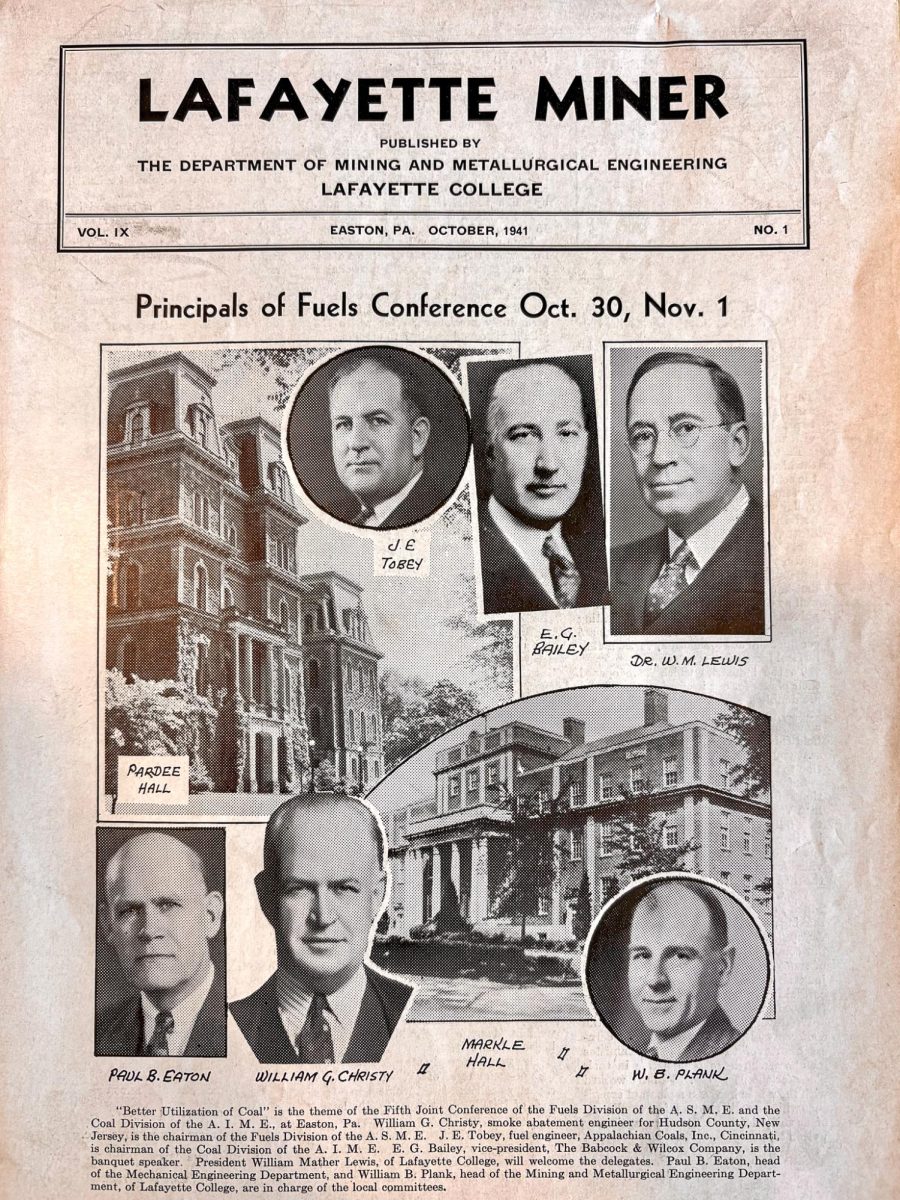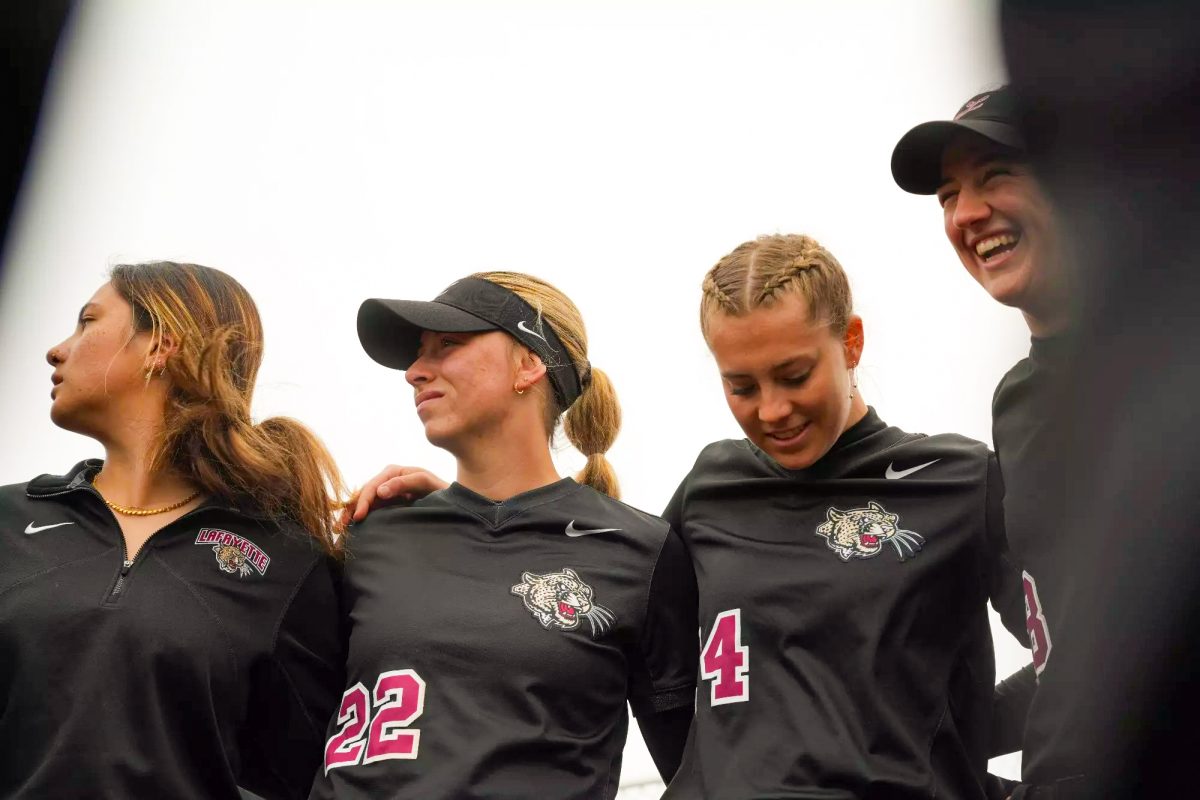If you were to ask an avid football fan what makes the current era of football different from previous ones, they would most likely mention the shift in play style around the league from a ground heavy attack to one that is aerially dominated.
In 2005, Tom Brady led the league in passing yards with 4,110 yards through the air. Last season, Brady threw for 4,770 yards, which was 660 yards more than the total he amassed in 2005, and only finished fourth in passing yards. Drew Brees finished first in that category with 4,870 yards. People use statistics like these to prove that the NFL has turned into a passing league–and it makes sense. It’s exciting to see large point totals on the scoreboard as athletic receivers jump over smaller defenders for touchdowns, or to watch a quarterback sling the ball 50 yards downfield.
As the game has evolved, however, people have become concerned with the running back position. Running the ball used to be the NFL’s identity: players risking their bodies and putting it all on the line for just one extra yard. In 2005, there were 10 players who had at least 300 carries during the season. This past year, only Adrian Peterson eclipsed the 300 carry mark. This seems to be evident of a shift in football ideology, one that values quarterbacks and receivers more than running backs.
But let’s take a step back and realize what’s actually happening. Yes, one can argue that teams are relying less on do-it-all playmakers at running back, but to say that the position itself is losing it’s cachet is a bit erroneous.
More teams are employing a RBBC (Running Back by Committee), meaning that there could be one running back who works on first and second downs, a pass catching specialist who works on third downs and a big back who handles goal line work.
Take, for instance, the 2015 Super Bowl Champion Denver Broncos. While Peyton Manning got all of the attention for their Super Bowl win, he actually had his worst season ever, throwing for only 2,249 yards in 10 games and throwing just nine touchdowns compared to 17 interceptions (which led the league). They were able to get solid production out of both of their running backs, however, with C.J. Anderson carrying the ball 152 times for 720 yards and Ronnie Hillman toting the rock 207 times for 863 yards. If you were to combine both of those backs’ production, that would be 359 carries for 1,583 yards and 12 touchdowns. By comparison, Adrian Peterson had 327 carries for 1,485 yards and 11 touchdowns, and all of those numbers led the league.
While the Broncos were middle of the pack for rushing attempts during the regular season, they were actually ranked seventh over the final five games. Their ideological shift to running the ball more frequently led to a more efficient offense and ultimately an NFL championship.
The running back position isn’t dead, it’s just different and still as important as ever.





















































































































